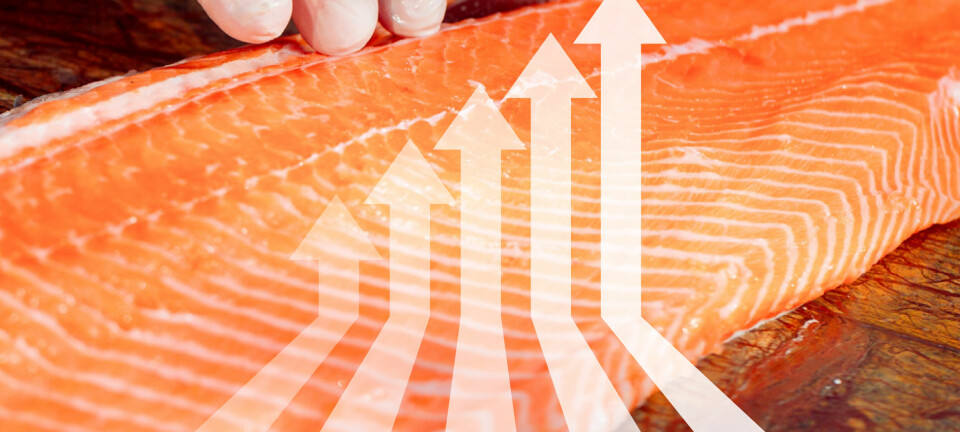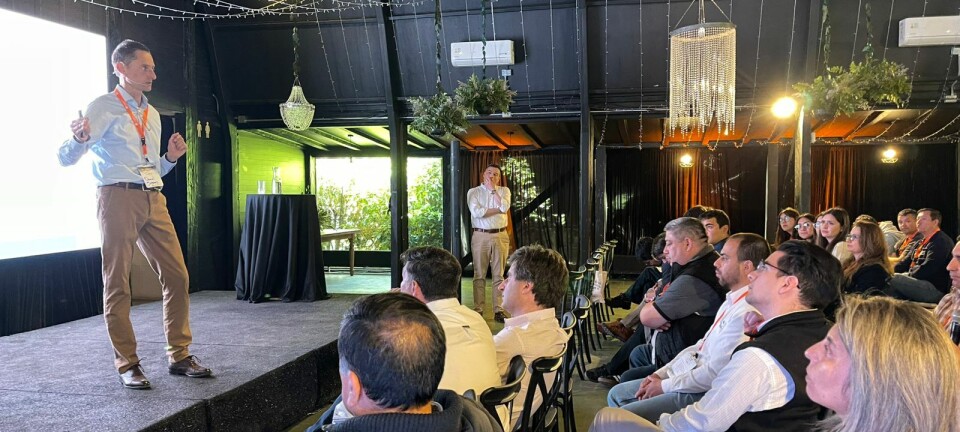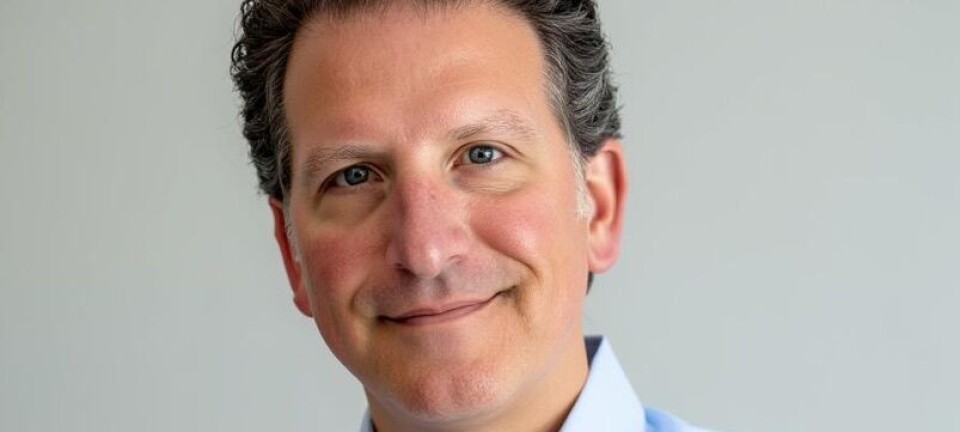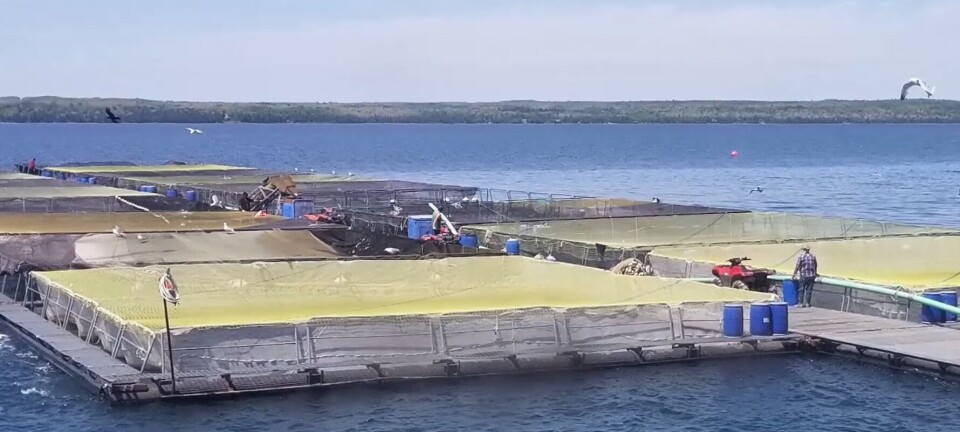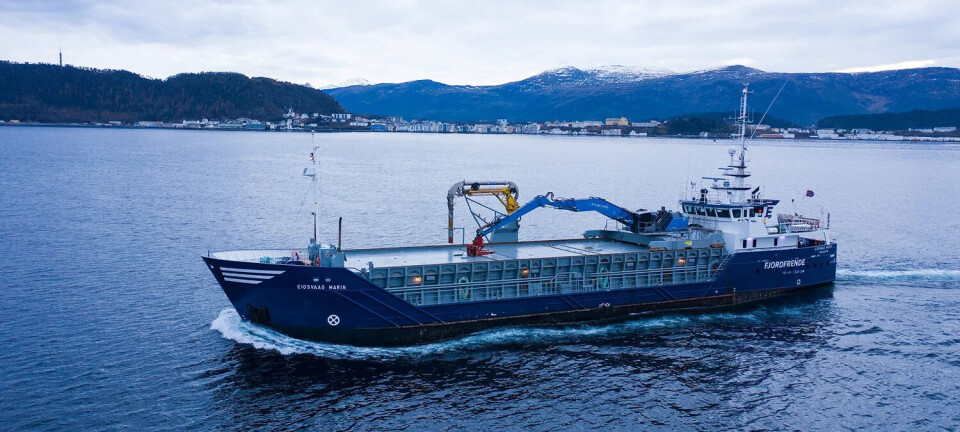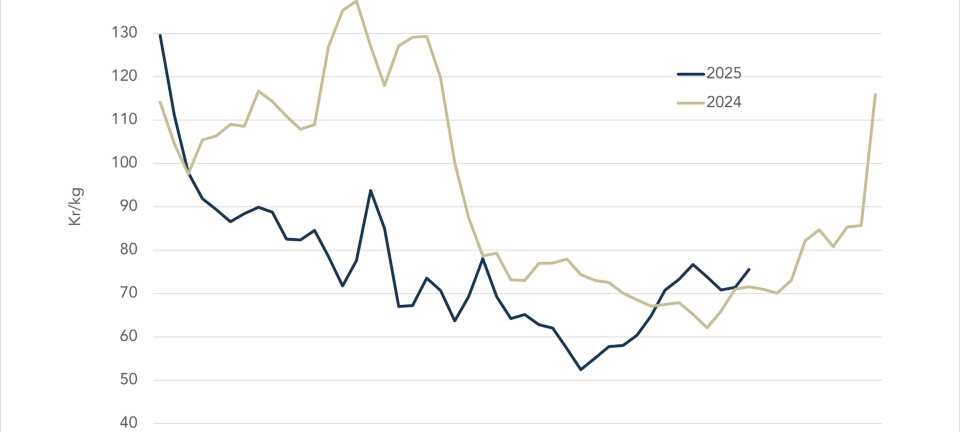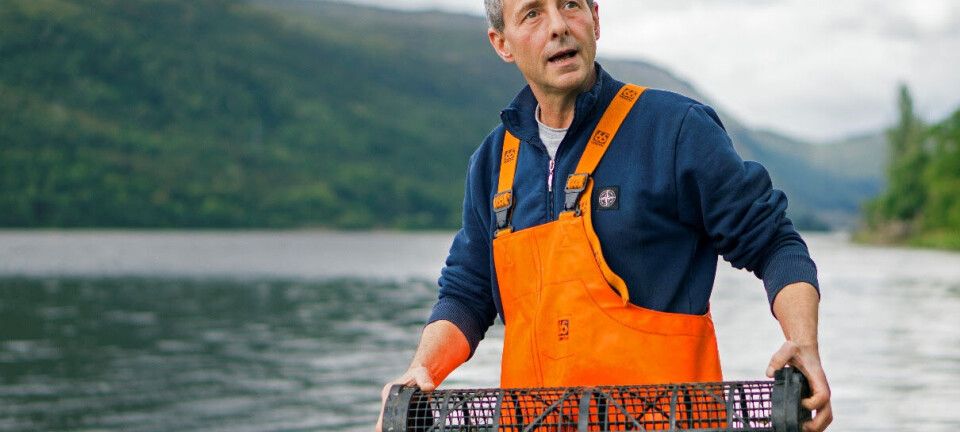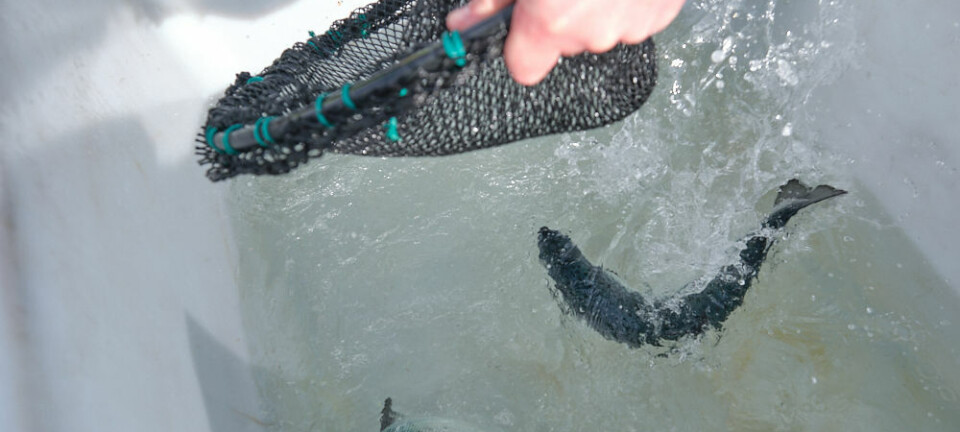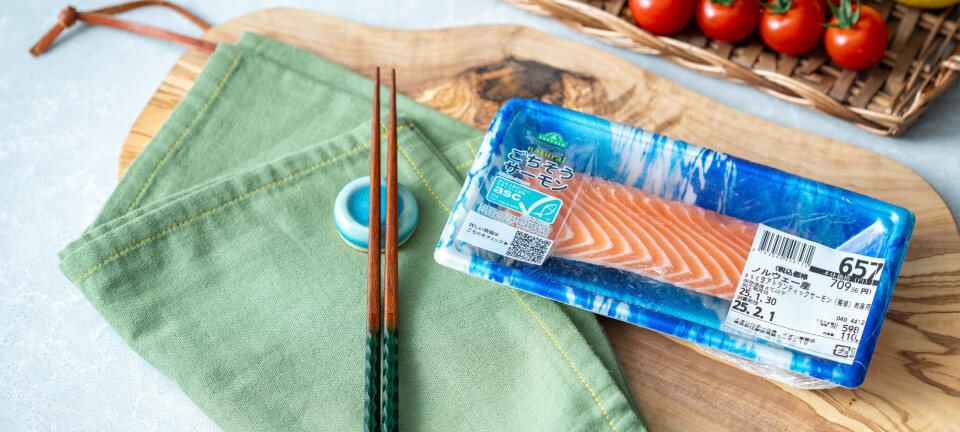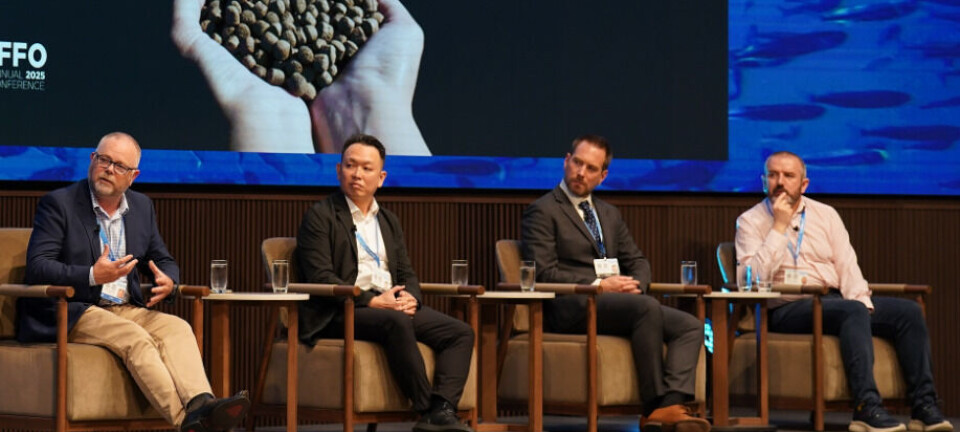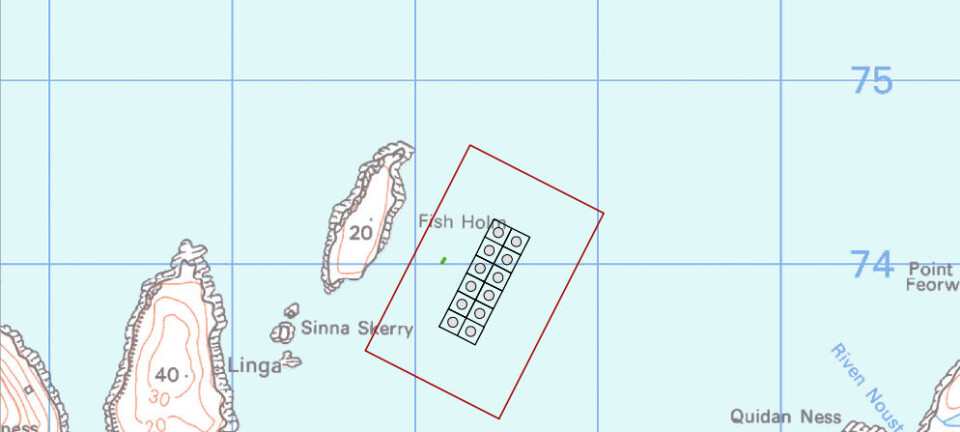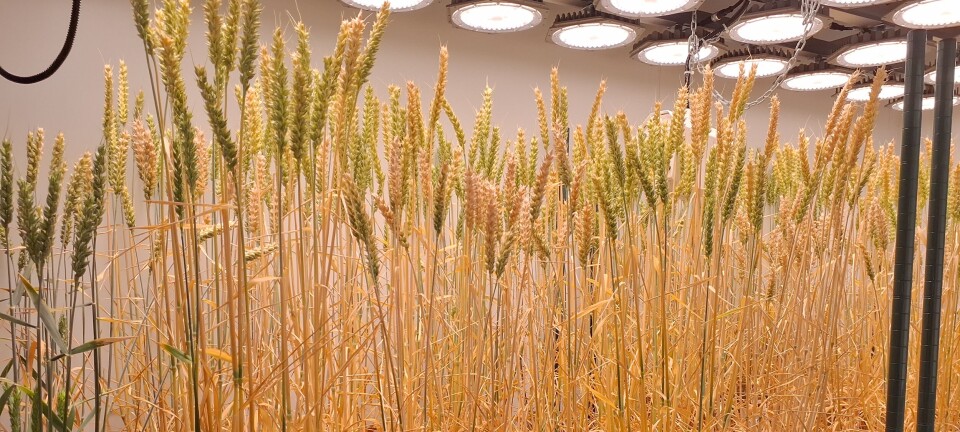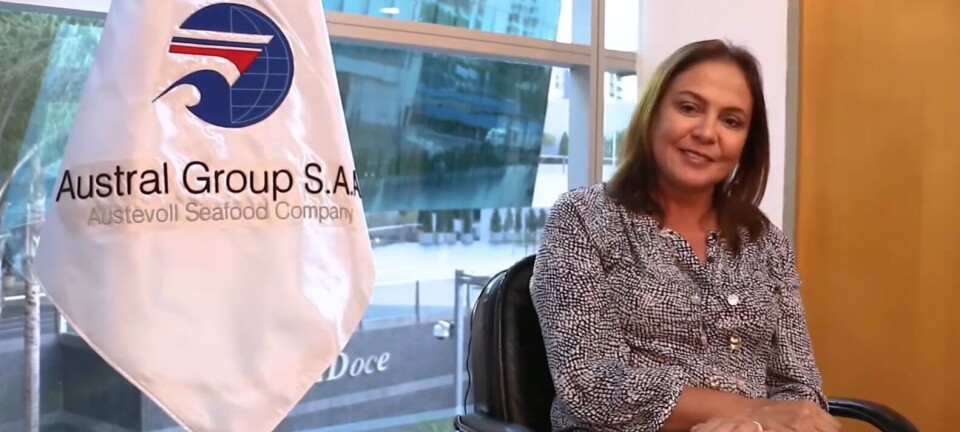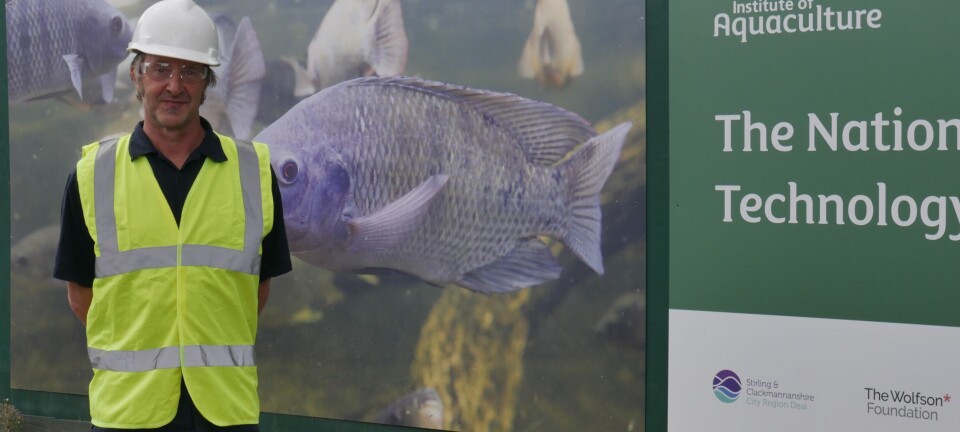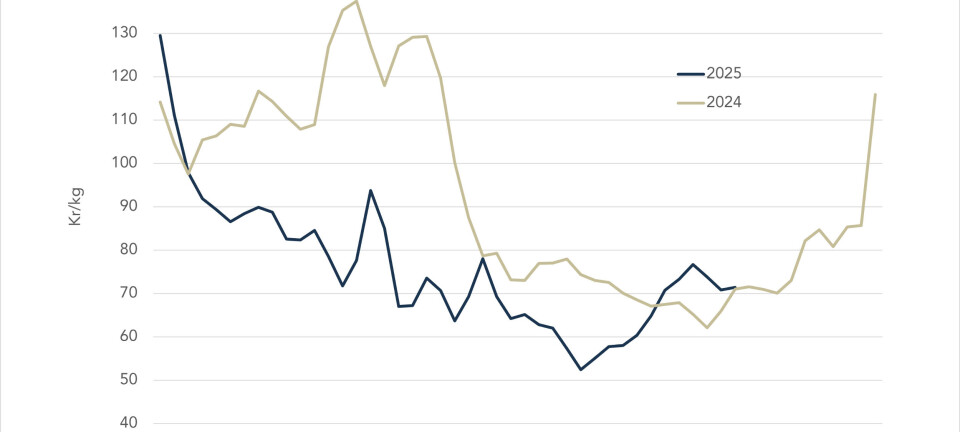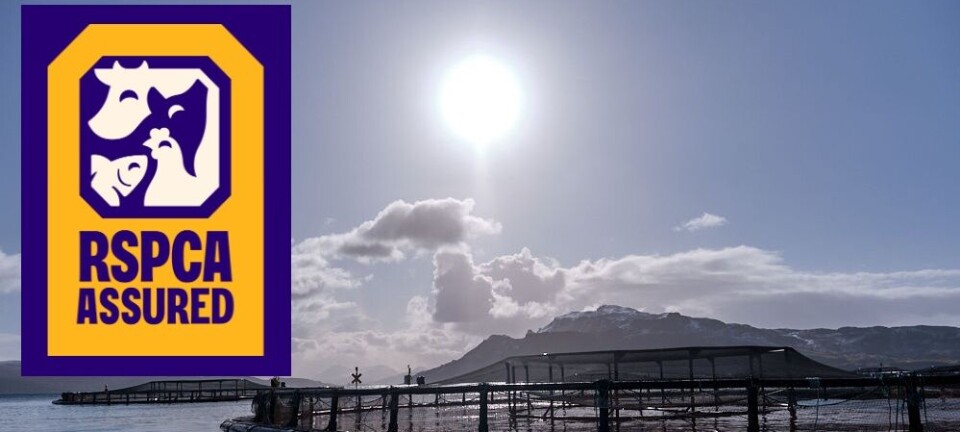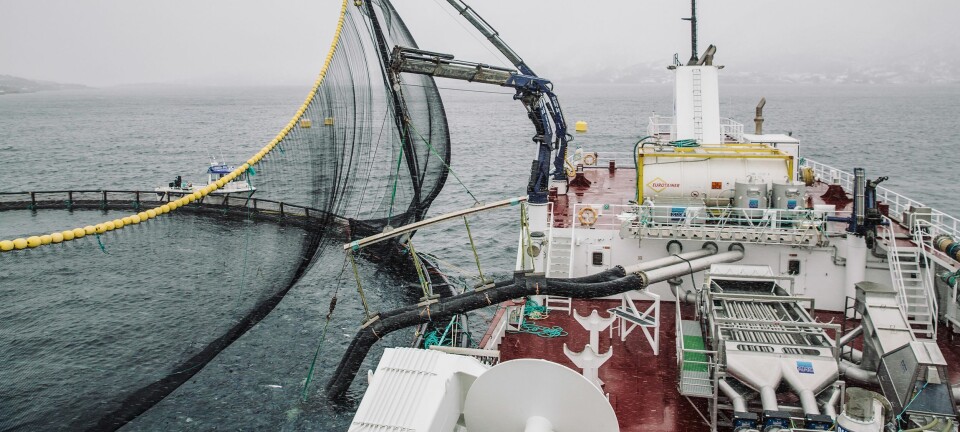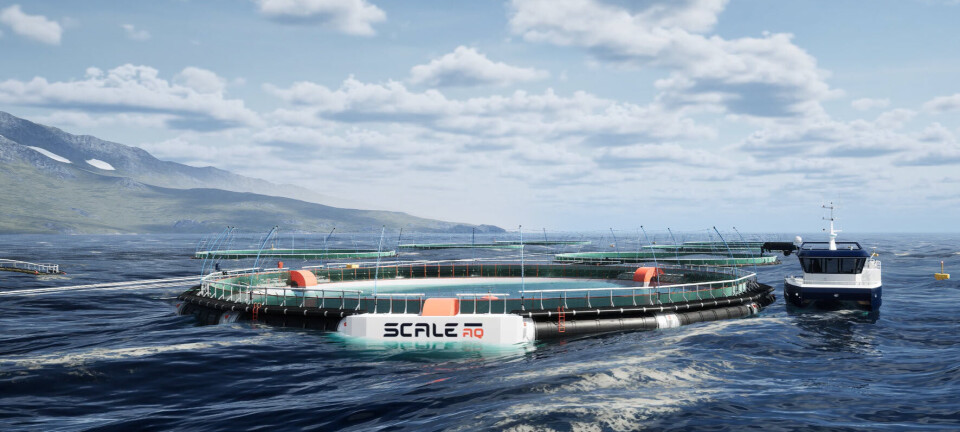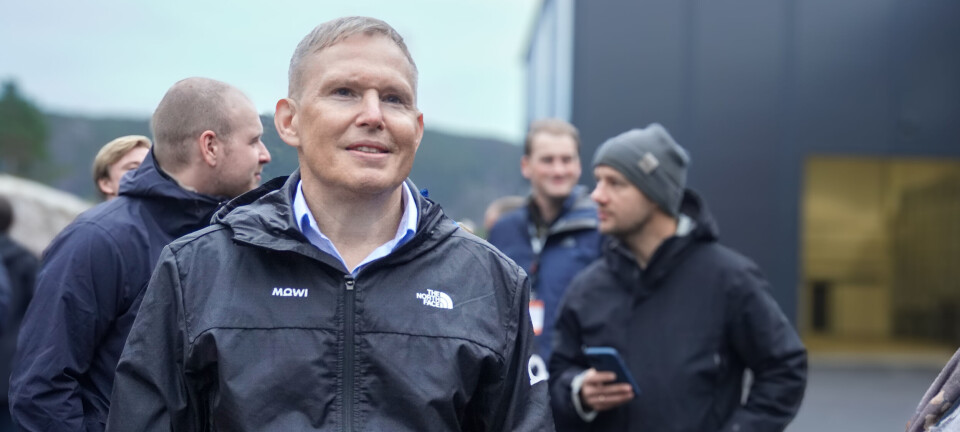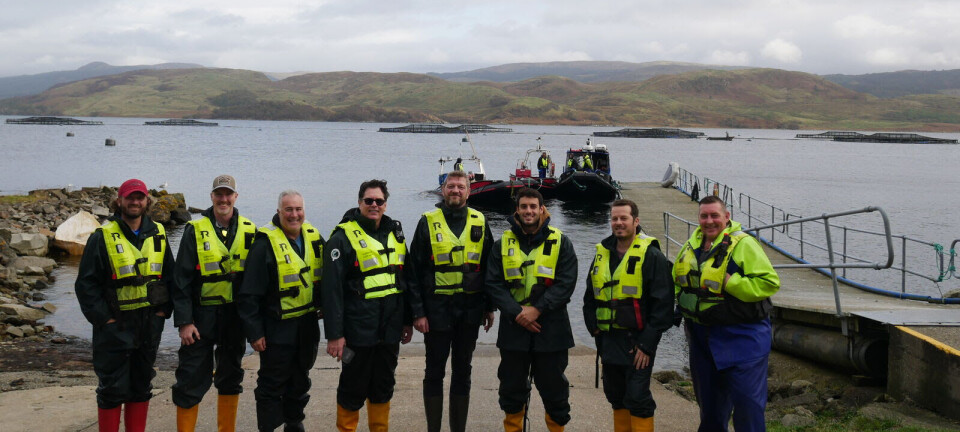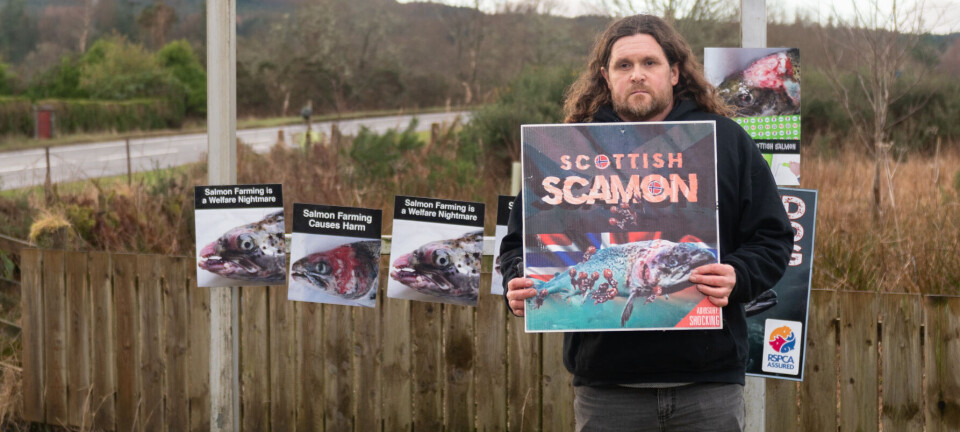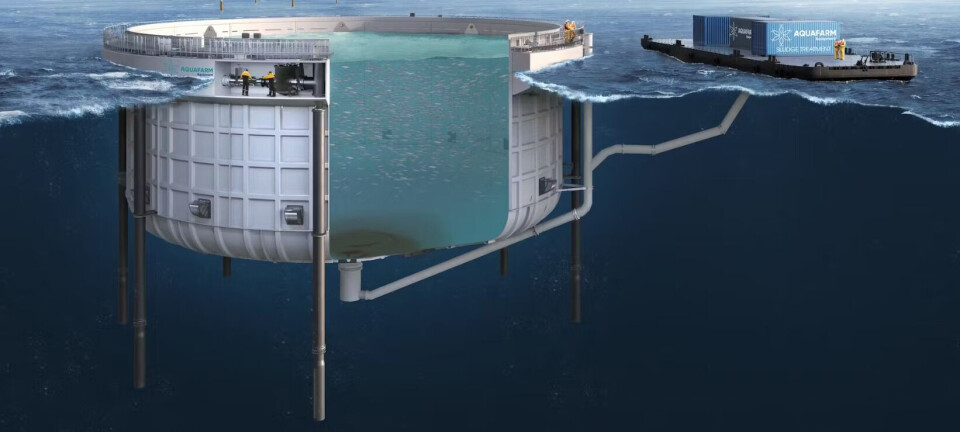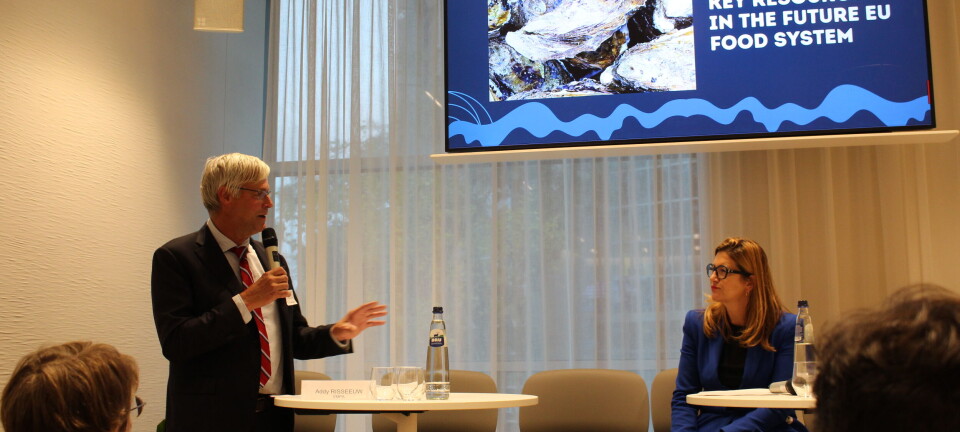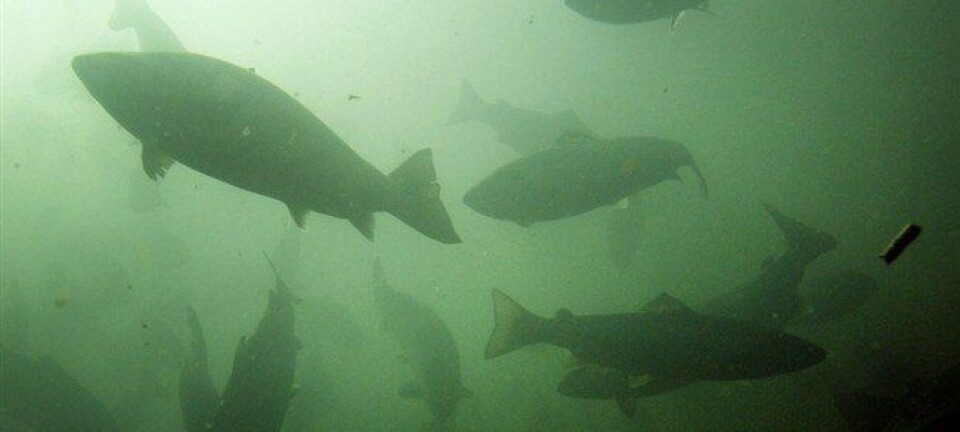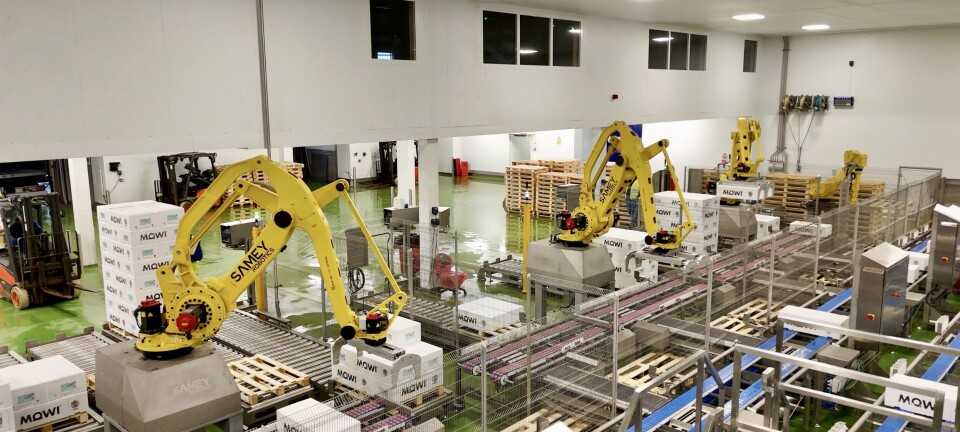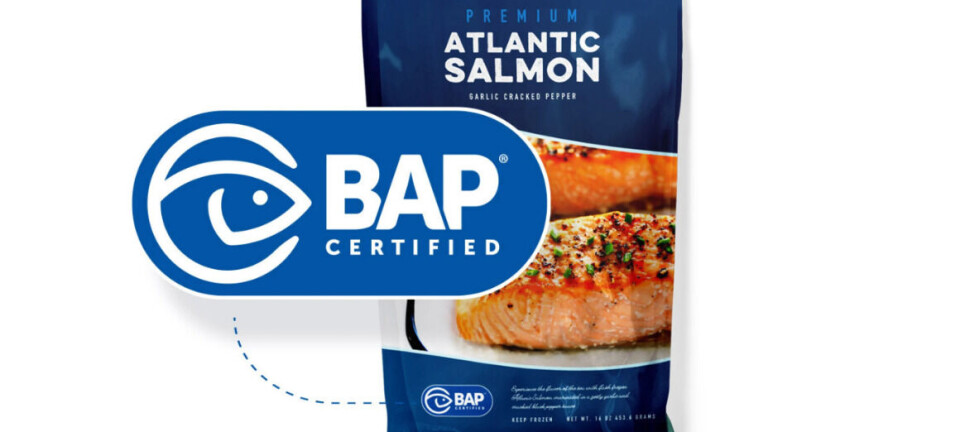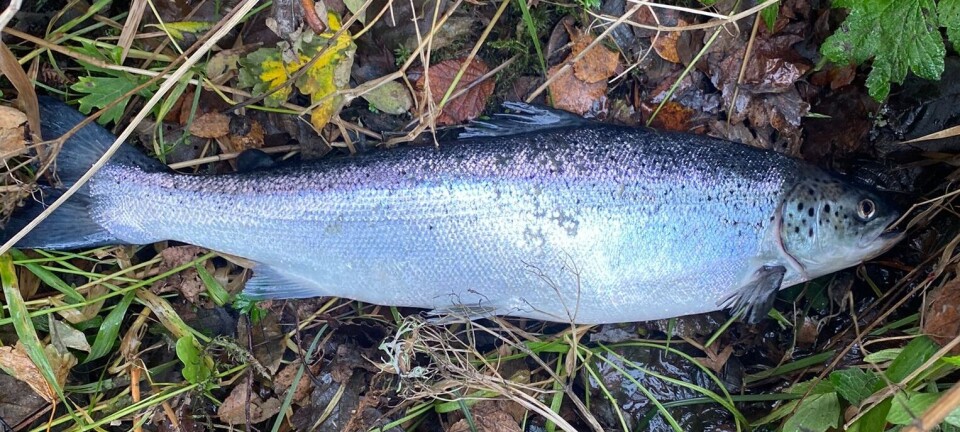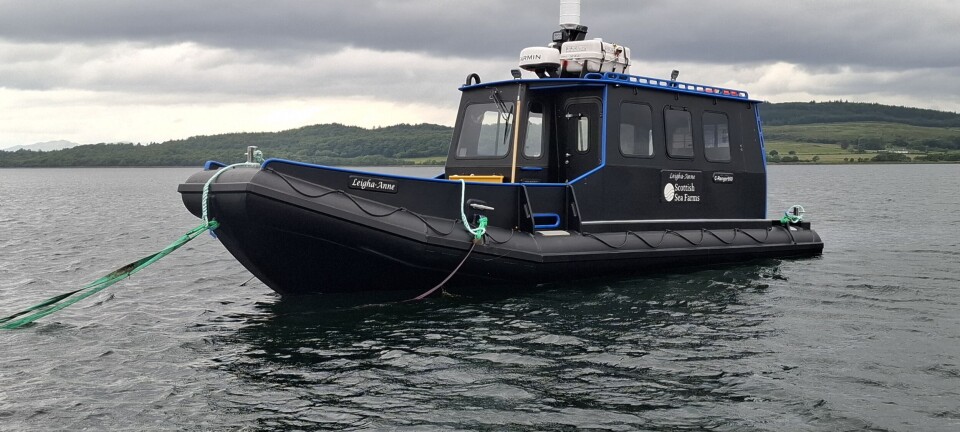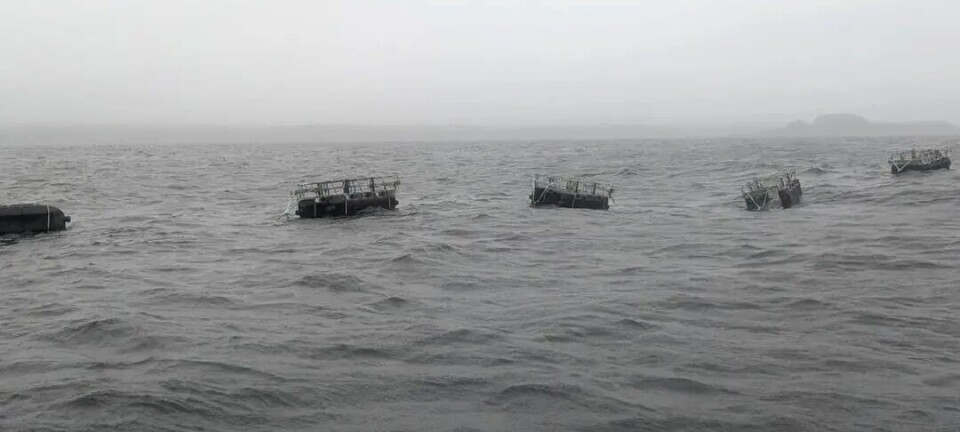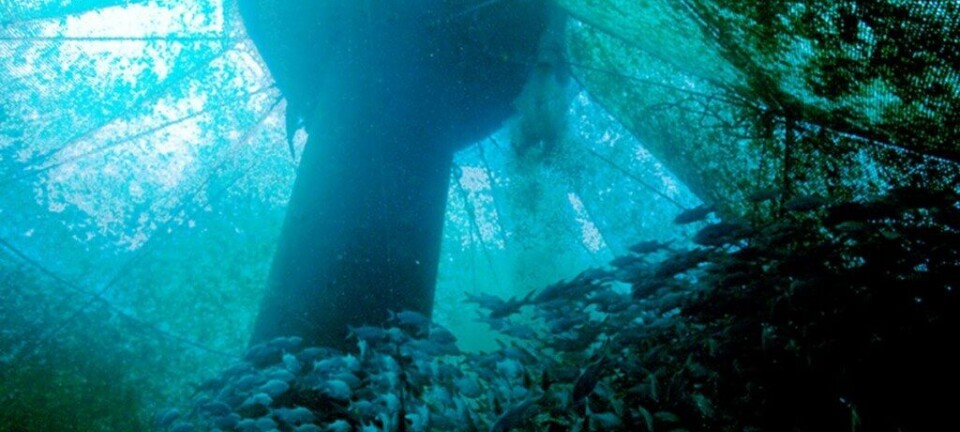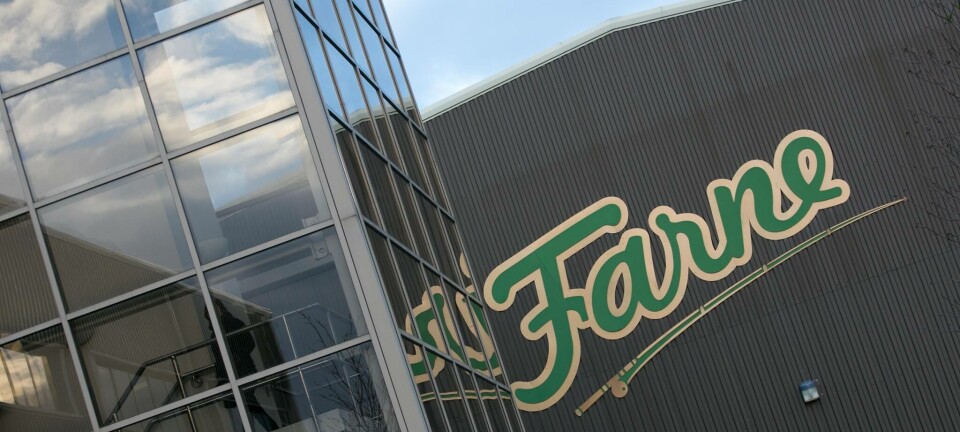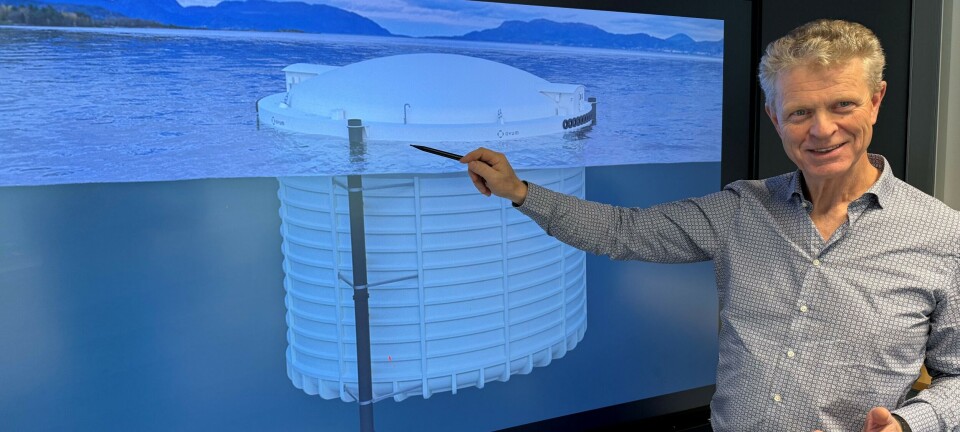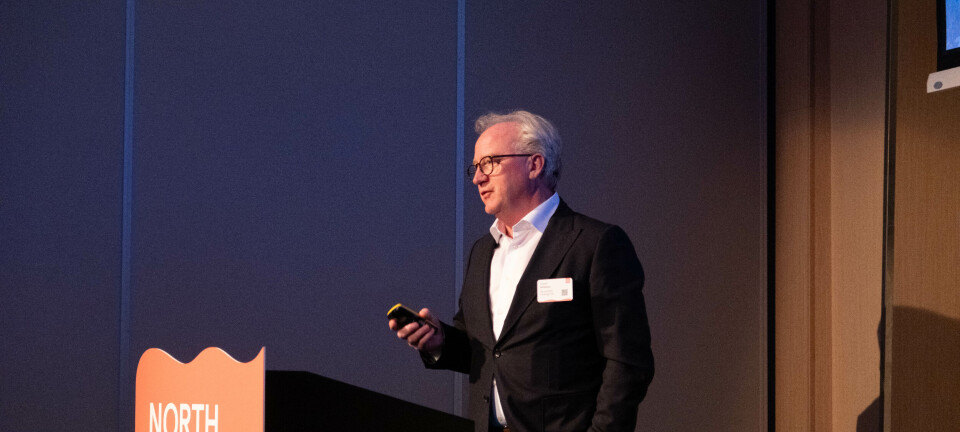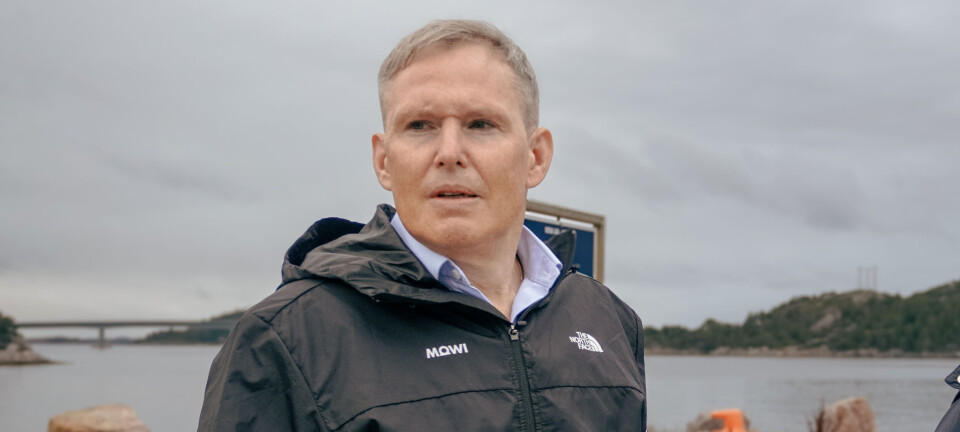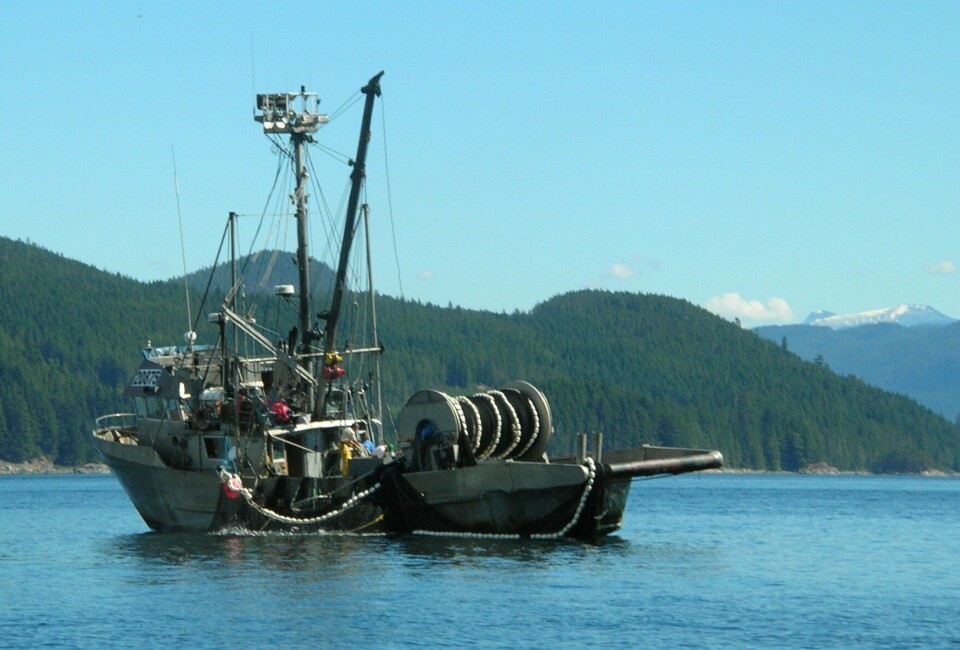
The future of food supply from the oceans- is it sustainable?
The above headlines were used in The Charlotte Observer this week in order to bring attention to the state of international fishing practices as described by a recently released report by the UN. And as usual, when these type of issues are brought up, some of the attention is automatically focused on the use of “forage” or “industrial” fish that few want to eat, but fish that environmental groups claim should not be used to feed farmed fish such as salmon and shrimp, despite the fact that these species convert this not-desired human food source to edible protein better than any other livestock. And these other farmed animals would absorb the fish meal not used by fish farmers- until people learn to eat bony, small anchovetas and horse mackerels.
The article continues;
Some 32 percent of the world's fish are overfished, up from 10 percent in the 1970s and 25 percent in the early 1990s, according to the United Nations Food and Agriculture Organization. In the U.S., restrictions on fishing have allowed some fish populations to rebound. In international waters, however, covering more than half the oceans, no single country oversees ocean conservation. Instead, regional multinational organizations make the decisions. The first began after World War II, when their job was seen as dividing up what was then thought to be the unlimited wealth of the seas, said Amanda Nickson, who oversees Pacific tuna conservation at the Pew Environment Group.
Today, Nickson said, these management groups aren't doing a good job of restoring tuna populations and making sure they can be fished sustainably. One of them is the Western and Central Pacific Fisheries Commission, which oversees more than 60 percent of the world's tuna catch. Its members include Pacific island nations and the homes of the world's large industrial fishing fleets - the U.S., Europe, Japan, China and Taiwan. Nickson said it's a David vs. Goliath matchup of island nations pushing for sustainable management vs. the large fishing nations, which block the restrictions needed to achieve it. The group's next meeting is in December in the island nation of Palau.
The Pew Environment Group wants limits on the amount of fish caught for each species; action to protect sharks, which are unintentionally caught along with tuna; and to reduce the catch of juvenile bigeye tuna, an overfished species, by ships fishing for skipjack tuna. Skipjack, the most common tropical tuna, is heavily fished in some places, but isn't overfished, said William Fox, a biologist and the World Wildlife Fund's U.S. vice president for fisheries. Skipjack is the only tuna species that hasn't been fished to its maximum or overfished, according to the United Nations Food and Agriculture Organization. "We're in a race with time, because we're trying to get the regional fisheries management organizations to improve performance so that doesn't happen," Fox said. He's also vice chairman of the International Seafood Sustainability Foundation, a group started by the WWF with major U.S. tuna companies to try to make tuna fishing sustainable.
For U.S. fishing fleets, President George W. Bush signed a law in 2007 that required annual catch limits based on science to end overfishing by 2011. The limits were in place by the end of last year. "We presume those catch limits - they're scientifically set - have ended overfishing, but we have to verify it, and we won't declare an end of overfishing until the scientific assessment is complete," said Eric Schwaab, director of the National Marine Fisheries Service. However, limits and management are only part of the picture, Schwaab said. Damage to habitat along the coasts and in the ocean "probably will continue to challenge our ability to ultimately rebuild stocks to their historic levels," he said. "Also, there will be interactions among different species that are competing for space or for prey. ... We're going to continue to monitor, to study, and then make adjustments."
Better management globally would increase wild harvests, but not enough to meet the increasing demand for seafood, Schwaab said. Instead, the world relies more on fish farming. Environmental groups are concerned this will require more fish from the sea for feed. Michael Rubino, who manages the aquaculture program at the National Oceanic and Atmospheric Administration, said the world supply of fish for such feed has held constant for the past 20 years, while aquaculture has grown. As a result, fish meal and fish oil have doubled in price in five years. One fish used for aquaculture feed is menhaden. More menhaden are caught by weight than any other fish in the U.S. except Alaskan pollack. Much of it gets ground up as meal to feed farmed salmon and tuna. It's also fed to farm animals and cats, made into fertilizer and fish-oil capsules, and used as bait by sport fishermen.
Meanwhile, Oceana said in a report this month that better conservation is needed for the small fish at the bottom of the food chain on the West Coast, such as Pacific sardines. With world demand for wild-caught fish growing to feed the aquaculture industry, "it is imperative to take action today to avert a crisis tomorrow," the report said. Regulation can work. Hirshfield, the Oceana scientist, said restrictions on fisheries helped rebuild commercial fish stocks on both coasts. Haddock have increased since 2004. Summer flounder stocks are expected to be rebuilt in two years and are no longer considered overfished. "What we're seeing, with a lot of pain and unhappy fishermen, is that the situation can be turned around," Hirshfield said. "We're seeing increasing populations of fish and therefore increasing catches in areas where overfishing had been chronic."




